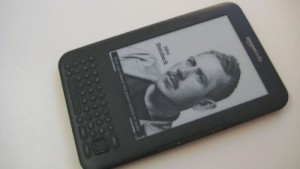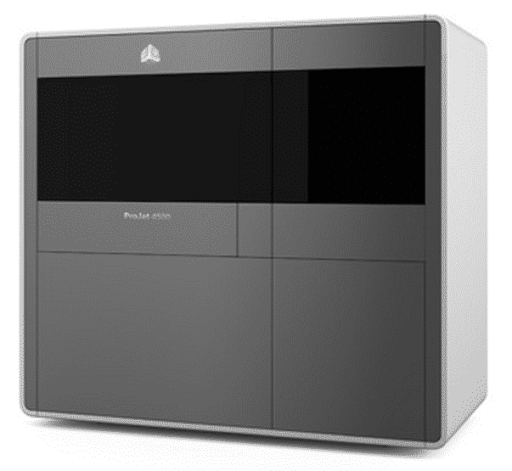Researchers at HP are close to developing a flexible wearable wrist-display that can be powered by sunlight. The devices can be used as computer displays and may one day be used by soldiers on the battlefield. Developing this technology has required a complete rethinking of how flexible displays are made.
HP hopes to have practical samples in use sometime next year. The displays will use E-Ink, powered by a thin layer of electronics and solar cells integrated into surrounding fabric. The innovation comes in the manufacturing process to help scale production.
Flexible displays are paper-like computer displays made almost entirely of plastic. The Army has funded research at Arizona State University’s Flexible Display Center that could bring in screens that are light and flexible enough to be rolled up and put into your backpack.
Flexibility isn’t just an advantage for the users. It also has the potential to simplify the process of display manufacturing. HP, and other companies, such as Ntera, are trying to create a manufacturing process that would allow the fabrication of thin-film transistor arrays on flexible materials such as plastic. The idea is to create displays that can be produced continuously, like newspapers rolling off a printing press, instead of the batch production that traditional displays use, which is more like the way cookies are cut. Roll-to-roll manufacturing would result in displays that are not just bendable but also relatively inexpensive to produce.
To create that for a real-world device, HP says it will have to re-engineer how the displays are made and powered. The company plans to use a black-and-white, low-power display technology from E Ink — the same technology that’s inside popular e-book readers such as the Kindle.
A thin layer of electronics will drive the E Ink screen. Optical and electronic components will be stamped onto the plastic. HP says it will work with a company called Phicot that it spun out recently to produce these displays.
Solar-powered cells that that are integrated into a piece of fabric will be connected to the flexible wrist displays.
The flexible wrist displays will be fairly small to begin with — around the size of an index card — but HP hopes that if they prove to be reliable enough, they can scale up production to slightly bigger versions.
“In the future, we think all displays will be made of plastic and our version of the Dick Tracy watch will be the first step towards it,” says Taussig.
Source: Popular Science.




